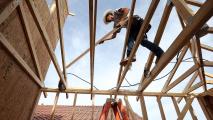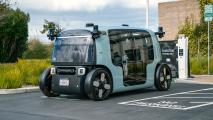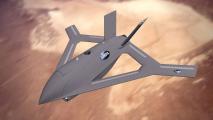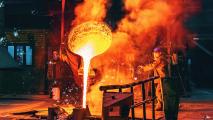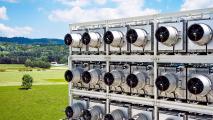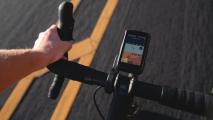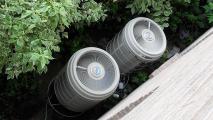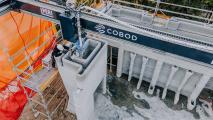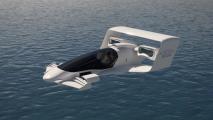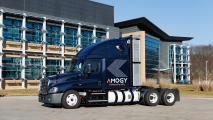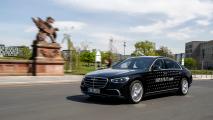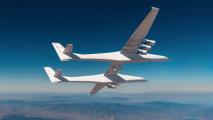
Materials
Though we live in a digital age, material science has shaped history—and it’s far from over. From quantum computers to fusion reactors, breakthroughs in materials will drive the next technological frontier.
More
China’s spy balloon: Inflatable eyes in the sky have been used for centuries
Spy balloons remind us that the oldest technologies are still being developed to achieve military effects today.
Zoox deploys first-of-their-kind robotaxis in California
Amazon subsidiary Zoox hits a new milestone, transporting passengers in its driverless robotaxis on open public roads.
World’s largest electric cargo plane can carry up to 400 pounds
The Pelican is an autonomous electric cargo plane capable of transporting 400 pounds of cargo 200 miles in less than three hours.
DARPA is developing an X-plane steered only by blasts of air (Updated)
DARPA is developing an X-plane that uses “active flow control” to maneuver, rather than traditional flight control surfaces.
World’s biggest direct air capture plant is trapping CO2 in Iceland
Direct air capture technology is starting to take off, with ever-larger CO2 removal facilities opening across the globe.
World’s fastest “shoes” increase walking speed by 250%
Shift Robotics is taking pre-orders on Moonwalkers — $1,400 “shoes” that let you walk 2.5x faster without expending any extra energy.
Could hydrogen-fuelled flights be a reality by 2035?
By 2035, hydrogen fuel cells could be used to electrify mid-range flights and hydrogen combustion aircraft could be used on long-haul flights.
5 things you didn’t know GPS could do
You’d be surprised at all the things that GPS — the global positioning system that underlies all of modern navigation — can do.
Cosmic dust from Venus is inspiring new air pollution-busting technology
Inspired by chemistry observed on the surface of Venus, researchers produced a synthetic material that could improve air quality.
Ancient mystery solved: Why was Roman concrete so durable?
How have Roman walls held up so long? Their ancient manufacturing strategy may hold the key to designing concrete that lasts for millennia.
How heat pumps of the 1800s are becoming the technology of the future
With ever-improving efficiencies, and rising sales in multiple countries, heat pumps are only getting harder for their detractors to dismiss.
First small modular nuclear reactor certified in US
The US’s first certification of a small modular reactor design could lead to cheaper, safer nuclear power plants.
Autonomous race cars go head-to-head, break records in Las Vegas
Autonomous race cars took to the track at CES, opening new forms of competition and setting speed records.
Two-story 3D-printed house is first of its kind in the US
The US’s first two-story 3D-printed house is being built in Houston, Texas, from a mix of concrete and wood.
Startup’s bladeless flying car is designed to reach Mach 0.8
Jetoptera is designing quieter, safer vertical take-off and landing (VTOL) vehicles with bladeless propulsion systems.
MIT grads unveil the world’s first ammonia-powered semi truck
Amogy, a startup founded by four MIT grads, has unveiled an ammonia-powered semi truck that can be refueled in just eight minutes.
Mercedes-Benz wins race to bring Level 3 autonomous cars to US
Mercedes-Benz has permission to deploy its Level 3 autonomous driving system, DRIVE PILOT, in Nevada, and California could soon follow.
World’s largest plane sets new flight record
A new test flight puts the world’s largest plane one step closer to helping the US develop — and respond to — hypersonic weapons.
This Swedish start-up is building an electric airliner
A Swedish startup has joined the race to build the world’s first electric airplane to help reduce the carbon impact of flying.
Get inspired with the most innovative stories shaping the world around us.


